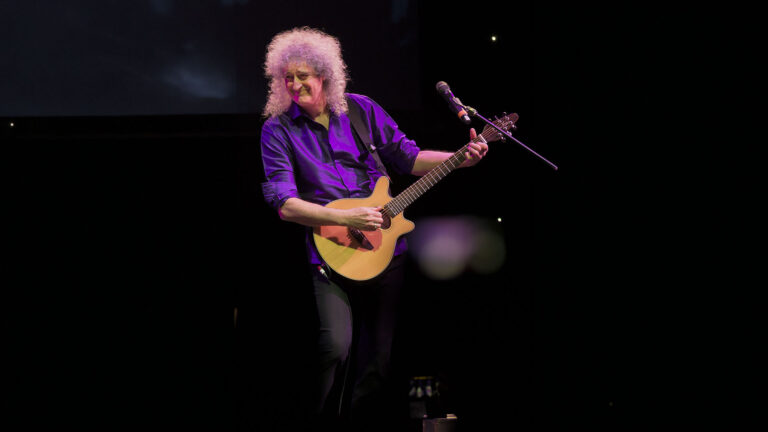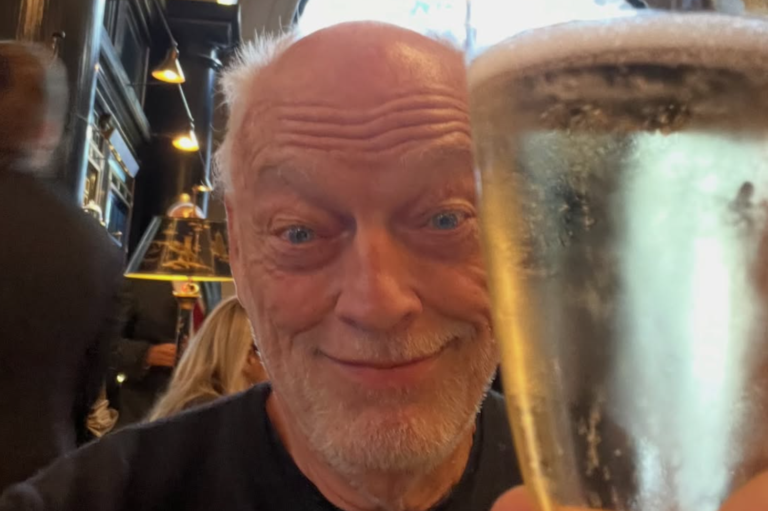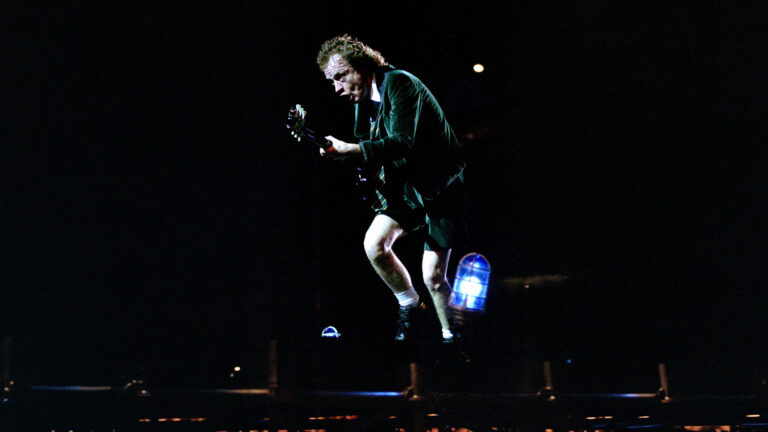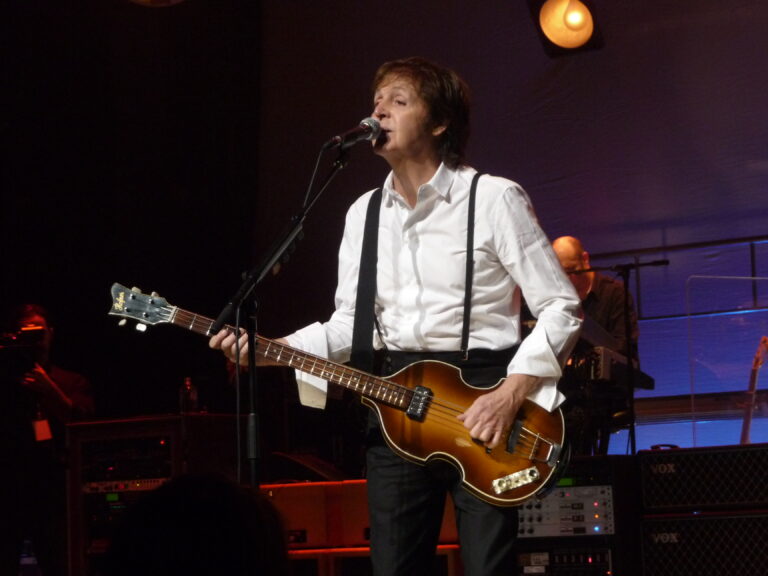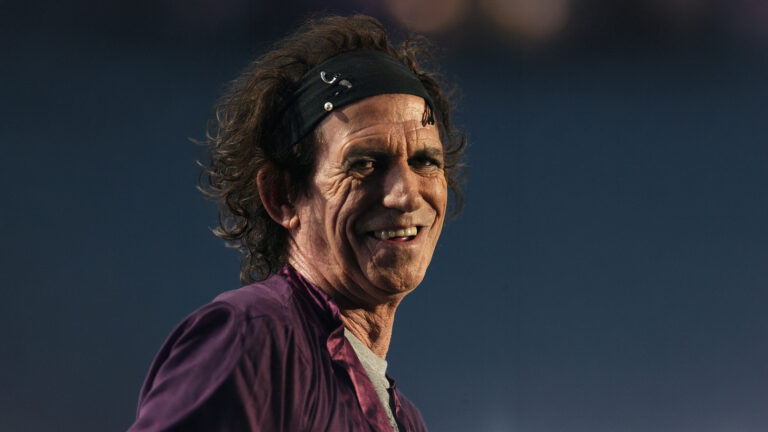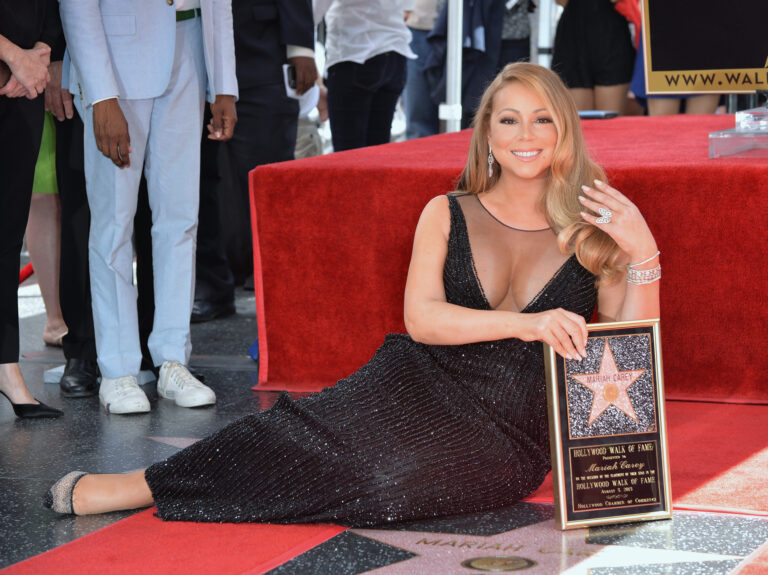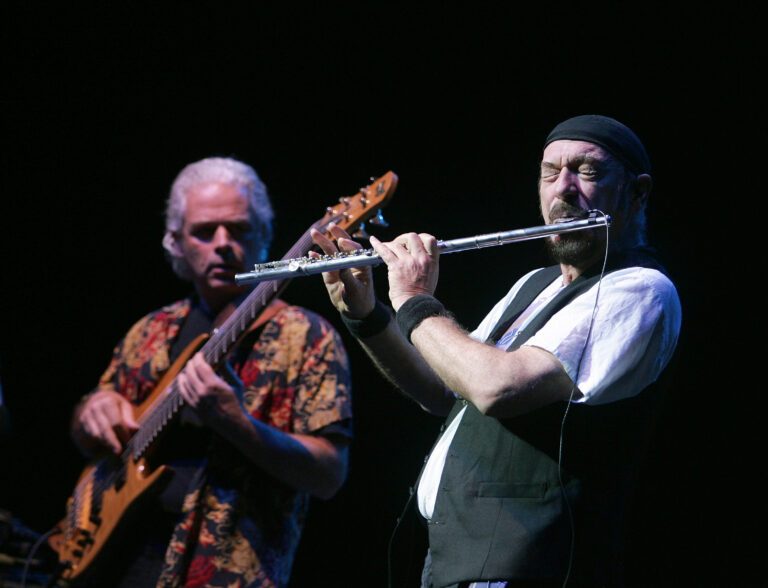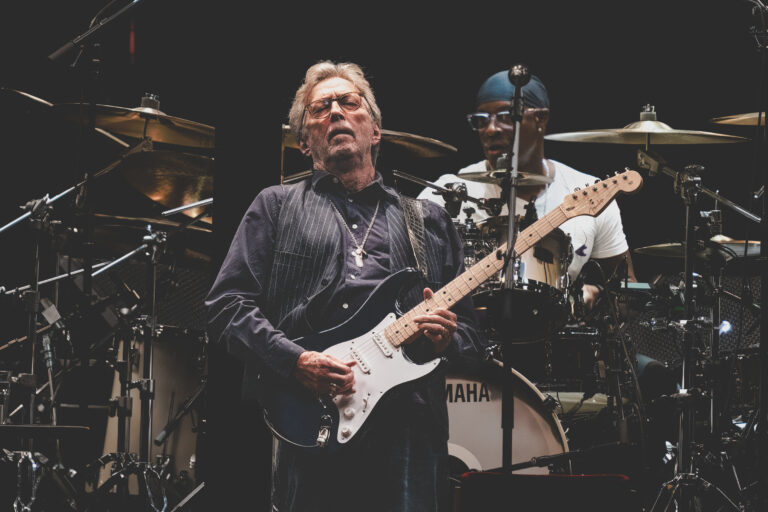
Bad Bunny to take the stage at Super Bowl Halftime Show
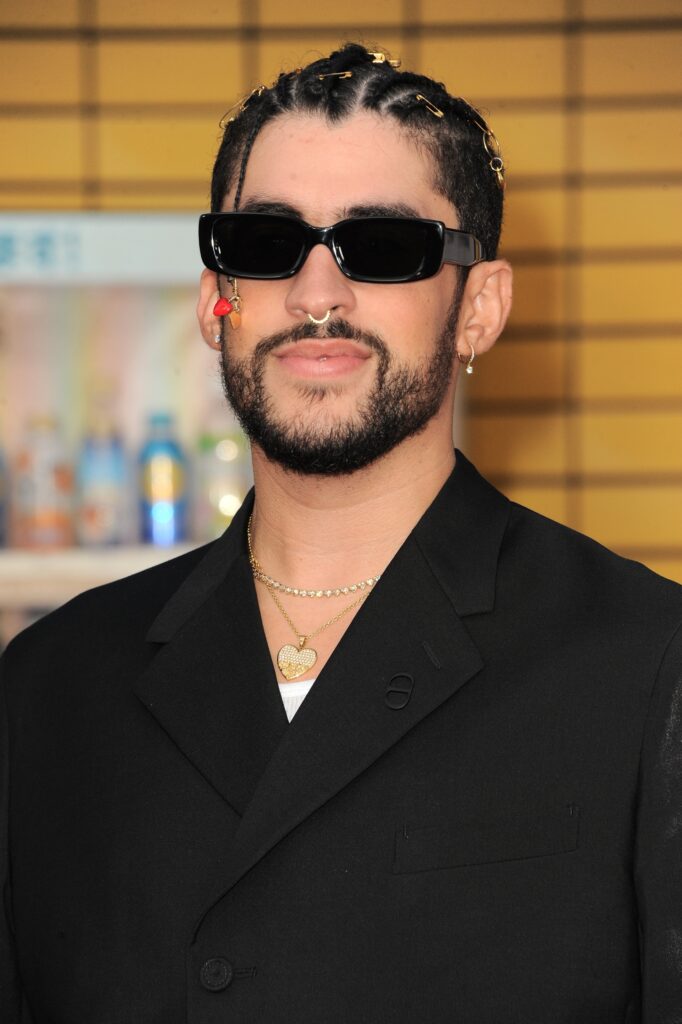
When the NFL tapped Bad Bunny as the headliner for the Super Bowl LX Halftime Show, it wasn’t just another musical booking—it was a cultural moment. The Puerto Rican superstar is poised to deliver one of the most anticipated halftime performances in recent memory, fusing Latin trap, reggaeton, and visual storytelling in a way only he can.
Why Bad Bunny Was Chosen
Bad Bunny’s rise has been meteoric. He’s one of the top-streamed artists globally, and his influence extends beyond music—into fashion, identity, and cultural pride. Choosing him as the halftime headliner signals a shift: embracing global Spanish-language music at the biggest televised stage in the U.S.
When asked about the honor, Bad Bunny said, “It’s for my people, my culture, and our history.” His statement frames the halftime show as more than entertainment—it’s a tribute.
The Stakes Are Huge
The Super Bowl Halftime Show is one of television’s biggest stages. The pressure to deliver a seamless production—complete with choreography, visuals, guest appearances, and flawless transitions—is enormous. In recent years, viewership for the halftime show alone has approached or exceeded that of the game itself.
Bad Bunny will need to balance mass appeal with authenticity: delivering hit moments that energize a mainstream audience, while celebrating his roots, language, and artistic identity.
What to Expect from the Performance
Though full production details are still under wraps, here are a few educated guesses and predictions:
-
Bilingual moments: While most of his catalog is Spanish-language, don’t be surprised to hear strategic English lyrics or interludes to connect with broader audiences.
-
Cultural imagery: Puerto Rican iconography, Afro-Latin dance, and motifs from Latin music history are likely to be woven into the stage design and performance.
-
Guest appearances or surprises: The halftime show often features surprise collaborators. Whether he brings out Latin music peers or crosses genres, fans are hoping for unforgettable moments.
-
High-production visuals: Expect stadium-scale LED visuals, dynamic lighting, and immersive staging that synchronizes with Bad Bunny’s theatrical flair.
The Backdrop: Bad Bunny’s Relationship with the U.S.
Interestingly, Bad Bunny has previously been cautious about touring the continental U.S. His decision to sidestep U.S. tour dates during part of his latest campaign was tied to concerns about immigration enforcement and its impact on Latino concertgoers. That history gives this Super Bowl appearance added weight—it could be his only U.S. stage for some time, making the moment all the more meaningful.
Potential Challenges & Criticism
As bold as the choice is, it hasn’t come without controversy. Some critics on social media have pushed back—criticizing the decision because much of Bad Bunny’s music is in Spanish or accusing the NFL of “going political.” Still, many see those criticisms as missing the point: a halftime show that reflects the diversity of America is overdue.
Technically, any live televised performance carries risk: missteps in sound, timing, or camera cues can turn a highlight into a viral fail. But Bad Bunny’s team will undoubtedly prepare meticulously to avoid that fate.
Why This Halftime Show Matters
-
Representation on the biggest stage: For Latino and Spanish-speaking audiences, seeing Bad Bunny lead the show is validation on a massive platform.
-
Commercial impact: Expect streaming, album sales, and cultural buzz to surge. A standout Super Bowl halftime performance can reframe an artist’s trajectory.
-
Cultural shift signaling: The NFL’s choice reflects evolving tastes, recognizing that Spanish-language music has global resonance—and relevance to American audiences.
Key Takeaways
Related Stories
Brian May Shares 50-Year-Old Queen Track as Holiday Surprise
Fans of Queen received an unexpected present this holiday season when guitarist Brian May broadcast a song that had been…
David Gilmour Celebrates as Pink Floyd’s ‘Wish You Were Here’ Tops UK Christmas Charts on 50th Anniversary
Legendary 1975 Album Makes History With Record-Breaking Return to Number One Pink Floyd has achieved a remarkable milestone in music…



